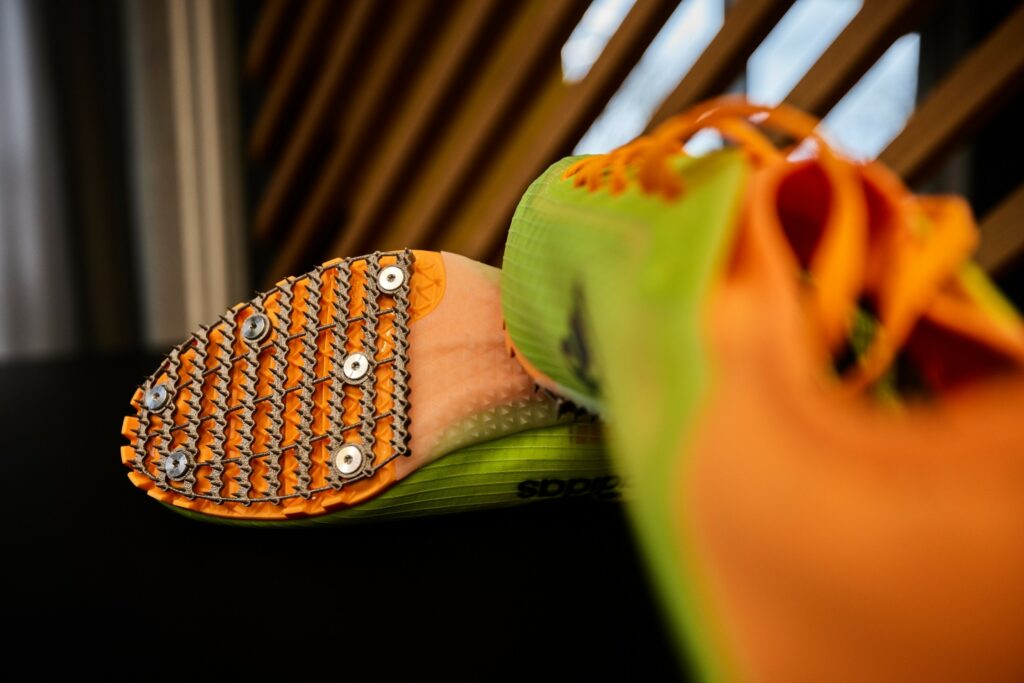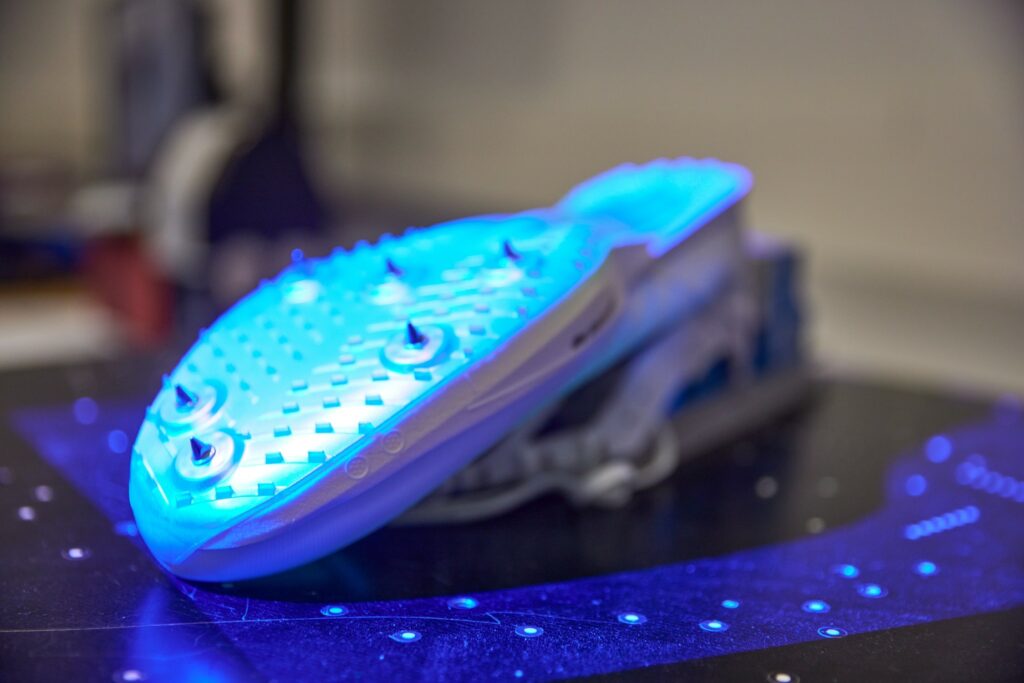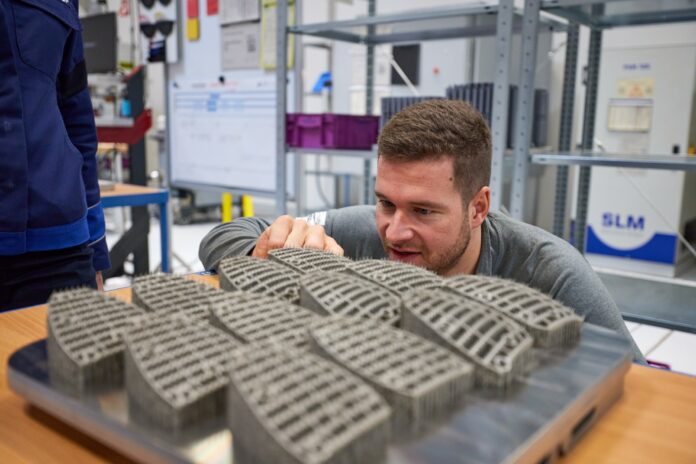Car manufacturer BMW Group has 3D printed custom spike plates for the German Bobsleigh team, manufacturing the metal athletic gear using powder bed fusion (PBF). The automotive giant involved in multiple AM projects for the automotive industry, is a technology partner of the German Bobsleigh, Luge, and Skeleton Federation (BSD).
Defined rows of nails are permanently attached to the toe area of the soles of conventional bobsleigh shoes; these nails cannot be replaced or moved, meaning that once the nails have worn out, the shoe is destined for the rubbish heap.
The solution that BMW and the BSD are working on is based on track and field shoes, for which threads for screw spikes are used to attach spike plates on which the spike nails can largely be distributed without restriction.
In addition to extending the lifecycle of the cleats beyond the lifecycle of the metal spikes, this enables the customization of nail placement configurations. This means that the equipment can be tailored specifically to each athlete for optimized performance.

“We have been using 3D printing to make components for prototypes, customised one-offs, as well as for series production for more than 30 years,” said Claudia Rackl, BMW Group Additive Manufacturing Projects & Qualification. “The major advantages of 3D printing are the time and cost savings as well as a high degree of flexibility. This allows us to quickly manufacture, test and efficiently optimize different variants.”
BMW Group engineers have transferred this expertise from automotive engineering directly to bobsleigh. The geometry of the spike plates is developed using software and automatically aligned with the topography of the individual shoes, which was recorded by a 3D scanner. The spike plates are then printed by a laser welding the corresponding metal powder together layer by layer.

Various alloys and geometrics are currently being tested and refined until the optimum result is found – just like in automotive research and development. Once the ideal basic parameters have been determined, the software can automatically adapt the design of the spike plate to any type of shoe, any shoe size, and any number of attachment points on the sole of the shoe. It will also be possible to produce special spike plates for the individual requirements of athletes or even for different weather and ice conditions.
“We tested the spike plates in the World Cup and received a lot of positive feedback from the athletes,” said bobsleigh head coach René Spies. “Nevertheless, a few tweaks are still necessary here and there, but we expect to have the perfect shoes to compete in by the 2026 Olympic Winter Games at the latest.”
This would then create the ideal conditions for the first third on the road to success, the optimum start time.
Remember, you can post job opportunities in the AM Industry on 3D ADEPT Media free of charge or look for a job via our job board. Make sure to follow us on our social networks and subscribe to our weekly newsletter : Facebook, Twitter, LinkedIn! If you want to be featured in the next issue of our digital magazine or if you hear a story that needs to be heard, make sure to send it to contact@3dadept.com






